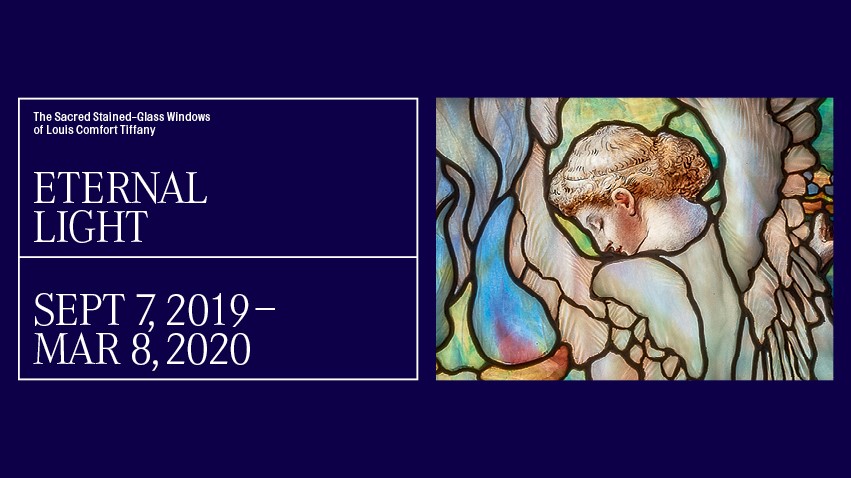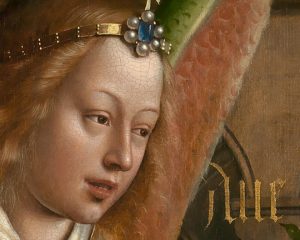
Van Eyck: An Optical Revolution
Museum of Fine Arts Ghent (MSK)
February 1 – April 30, 2020
Hubert (died 1426) and Jan (1390?-1441) van Eyck created the wonderful paintings whose centerpiece is “The Adoration of the Lamb,” completed in 1432. Peter and Linda Murray offer a description of this central panel as follows:
In the NT the vital words are those of the Baptist (John 1:29, 36), when he recognizes Jesus as the Christ: ‘Behold the lamb of God, who takes away the sin of the world.’ These are the words of the AGNUS DEI, said daily in the Mass, always with the invocation ‘have mercy on us, give us peace’. In Rev. (Apoc) 5:6, 12; 12:11; and 22:1, the stress is on salvation emanating from the Lamb, since amid the Beasts and the Elders ‘stood the Lamb as if it had been slaughtered’ and ‘the river of water of life flowing from the throne of God and the Lamb’. This is the theme of van Eyck’s Adoration of the Lamb, where the pilgrims approach the altar on which stands the Lamb with blood flowing from his breast into a chalice. (Oxford Dictionary of Christian Art (Oxford University Press, 1996) p. 388)
The painstaking work of restoration of the panels began in 2012; this is described in “Realism and Revelation” in The Wall Street Journal, from which I quote:
A few weeks ago, the most recent phase of the restoration was unveiled, including the large front panel showing a bleeding lamb on an altar, surrounded by Christian martyrs, Jewish prophets and pagan writers. The panel—from which the altarpiece takes an often-used title, “The Adoration of the Mystic Lamb”—has been transformed by its cleaning, with the lamb’s face revealed to have an intelligent, nearly human expressiveness.
The Ghent Museum of Fine Arts will have an exhibit, “Van Eyck: An Optical Revolution,” from February 1, 2020. The Museum’s website offers an introduction to this masterpiece of the Belgian Cathedral of San Bavo.
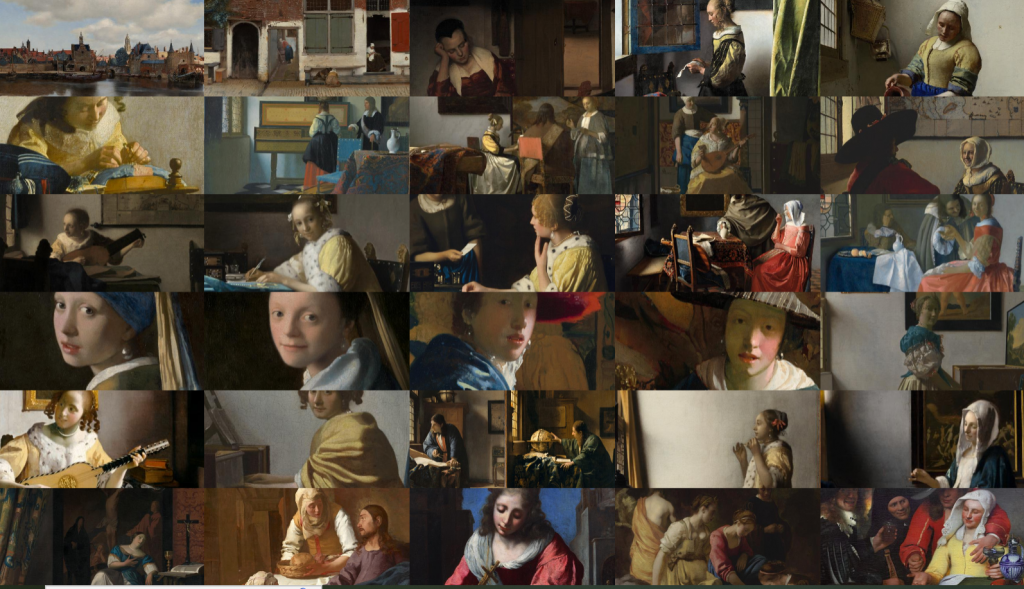
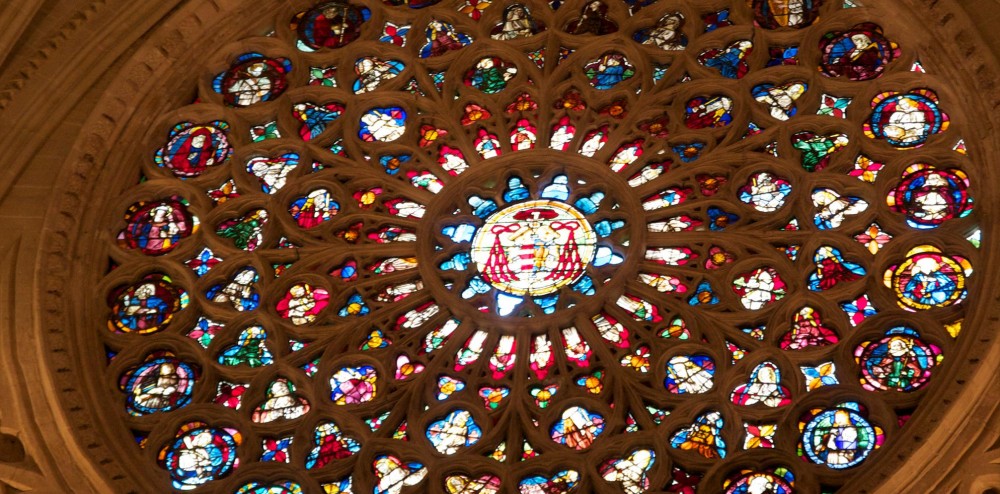

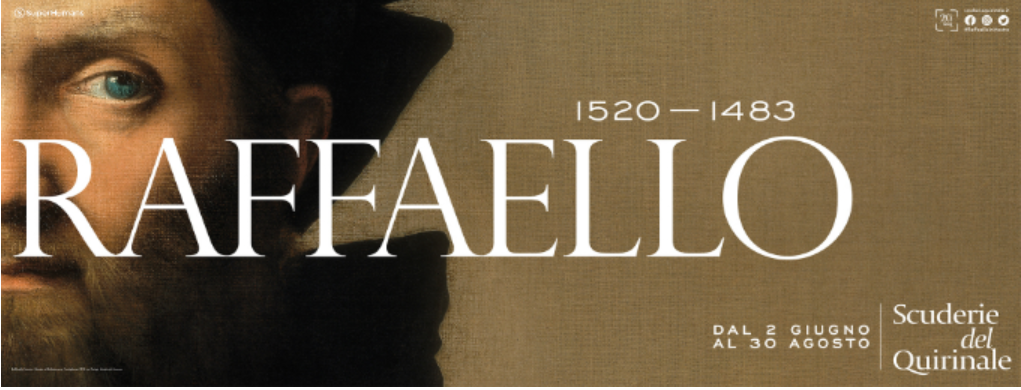
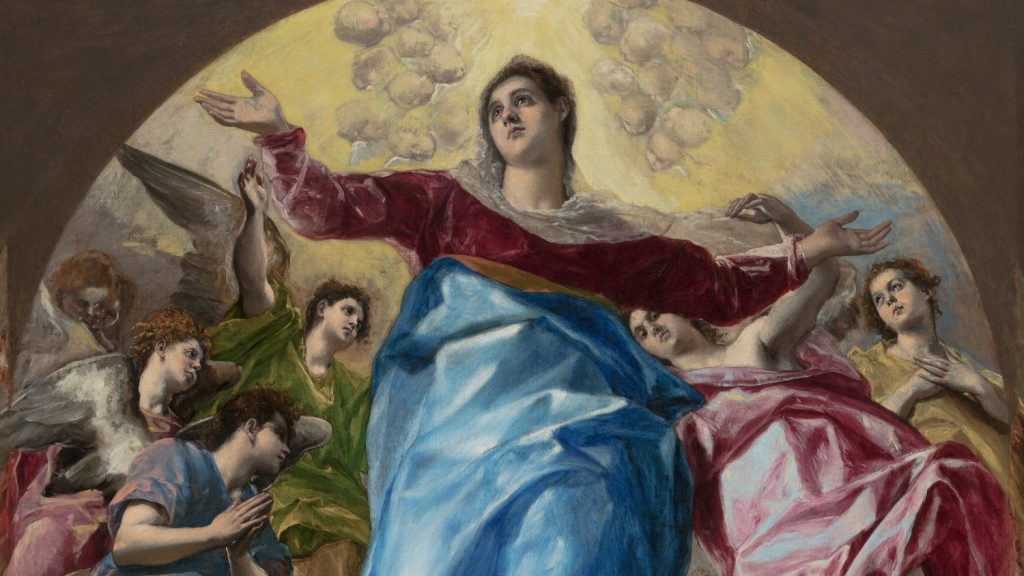
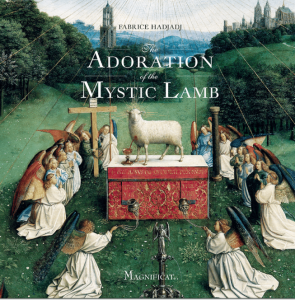
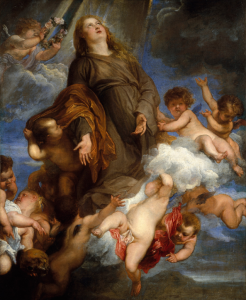

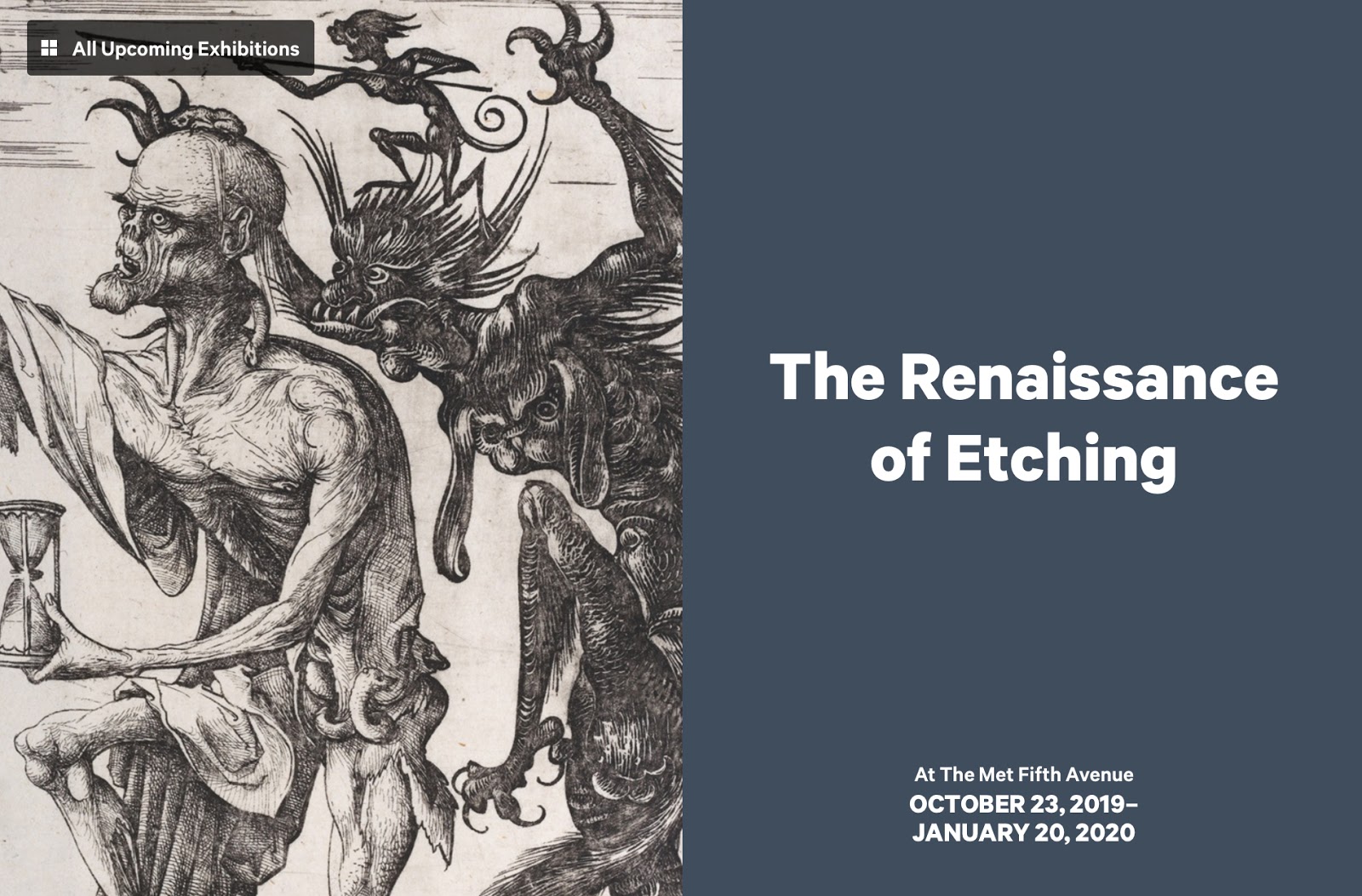 The paintings and sculptures of the Middle Ages and the Renaissance were shared widely when woodcuts or engravings reproduced these forms of art. In the Wall Street Journal, Barrymore Laurence Scherer presents an exhibit, “The Renaissance of Etching” at the Metropolitan Museum of Art until January 20, 2020. His essay,
The paintings and sculptures of the Middle Ages and the Renaissance were shared widely when woodcuts or engravings reproduced these forms of art. In the Wall Street Journal, Barrymore Laurence Scherer presents an exhibit, “The Renaissance of Etching” at the Metropolitan Museum of Art until January 20, 2020. His essay, 